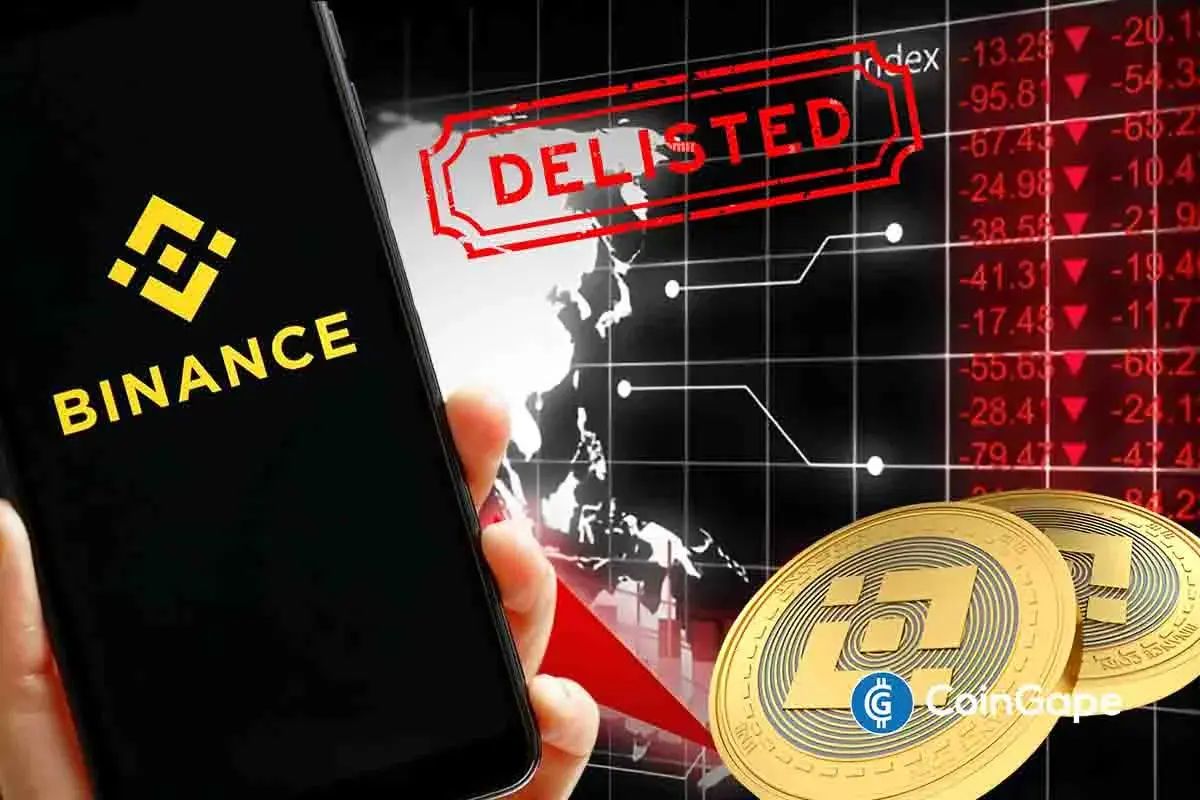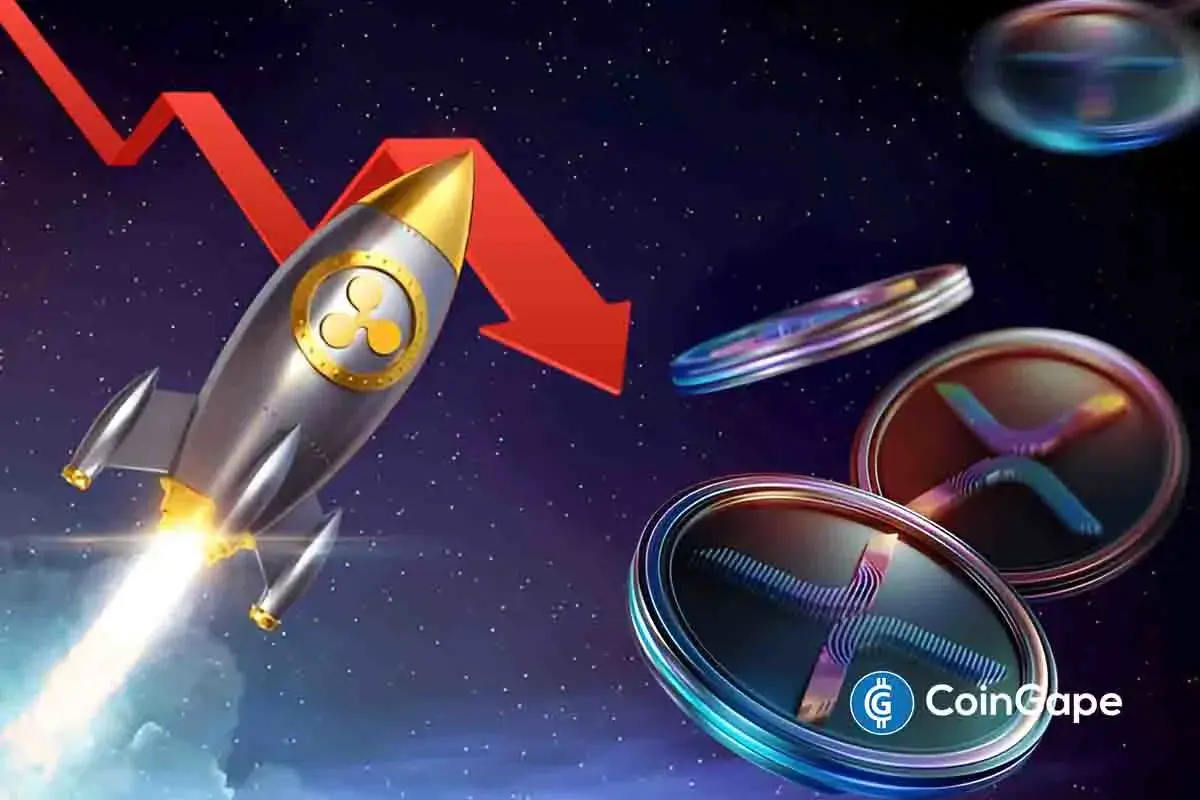Market
Fuser on How Crypto Regulation in Europe is Finally Catching Up
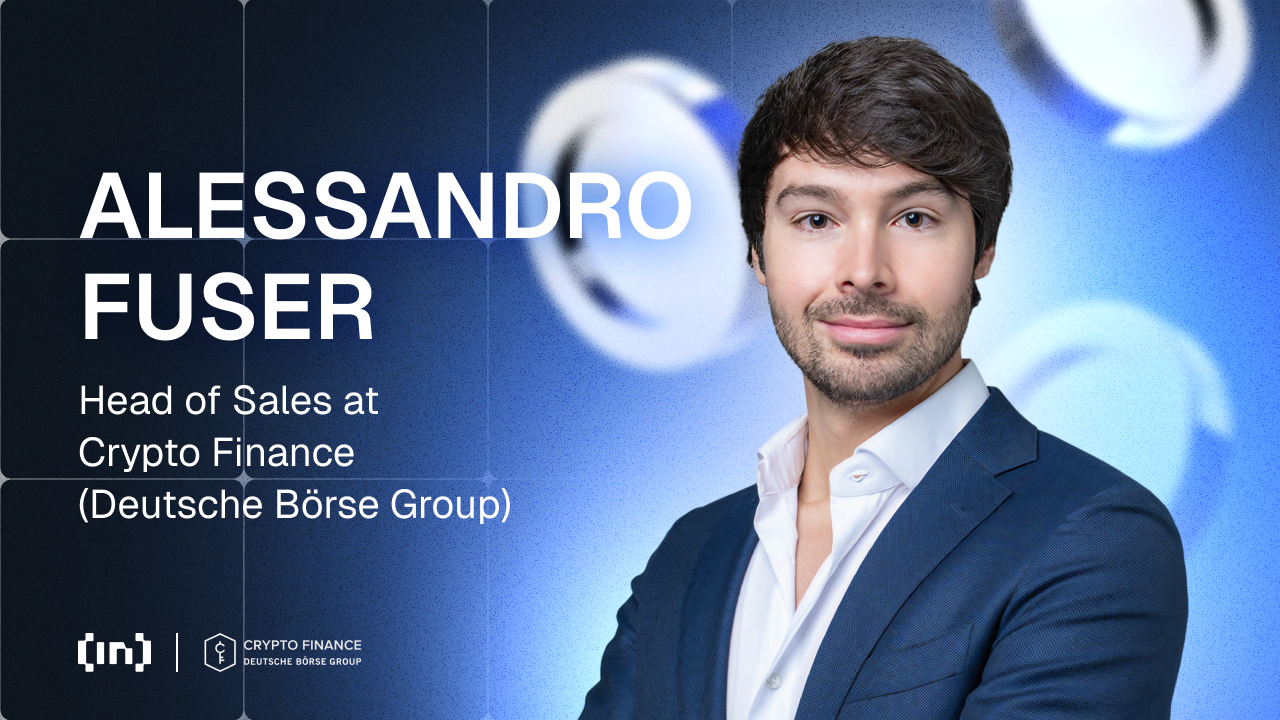

As crypto continues its transformation from fringe curiosity to legitimate asset class, traditional financial institutions are no longer sitting on the sidelines. In a candid conversation, Alessandro Fuser, Head of Sales at Crypto Finance, a firm enabling banks to navigate the digital asset world, unpacks how regulation, especially across Europe, is finally catching up with innovation.
Fuser breaks down how institutions are shifting from hesitation to action, the role of trust in this transition, and why the “start small but start now” approach is key to success. From the fallout of recent hacks to the promise of deeper liquidity access and the landmark partnership with Clearstream, this conversation maps out the evolving role of crypto infrastructure in mainstream finance.
Fuser on Crypto Finance Bridging TradFi and Crypto
At the end of the day, Crypto Finance provides market infrastructures to enable banks that are interested in crypto services to launch in a compliant and secured manner services across trading, custody, and post-trade settlements. My role as the head of sales is to enable them to go through this kind of journey in the safest way possible. With all the questions that, at the end of the day, different teams will have and ultimately create that level of familiarity that is needed for the traditional financial space to embrace new asset classes like crypto
Trust is important. Generally, there’s a difficulty in finding trust when there aren’t answers. The answers, especially now in 2025, obviously exist. The regulatory market is only now catching up in areas such as the European Union. So, a lot of what we do, especially as someone who’s been in Switzerland, working with Swiss banks that are alive in the space, is to provide visibility to other entrances as to how companies that they compare themselves to have done things. Phased approaches, starting in a conservative manner and only over time, add more complexity and more sophistication to the services so that they don’t have any reputational risks. They can take advantage of the opportunities of crypto as an asset class. And provide a service to their customers that is of the quality that they expect.
Shifting Attitudes and Regulations in 2025
I think the biggest difference is that despite everyone knowing that regulation in Europe is coming, the regulation is now here. On the back of this, a lot of different banks are formalizing projects, which up to that point they were not and only through experience do they effectively know what should and should not be done.
The speed at which a lot of these projects are now being formalized is obviously faster, mainly on the back of the elections and, to an extent, on the back of increased competitiveness that will exist with the United States now being more open to crypto as an asset class. So I think this is an important one. At the time I had talked about a degree of fragmentation in the market, when it came to custody, when it came to liquidity.
I think there are a number of initiatives that are ultimately making the landscape more efficient. Some of these initiatives are happening at a crypto-native level. I think about off-exchange services, which reduce your counterpart and your risk on the custody side and allow you to have exposure to markets. But this is also true on the custodial front, with companies such as Clearstream, for example, which is a traditional ICSD offering the new asset class without reinventing the wheel, simply allowing banks that they connected to leverage the connectivity and unlock the asset class.
Crypto’s Agility vs. TradFi’s Caution: Finding Common Ground
I like the juxtaposition. I don’t think that the two approaches are mutually exclusive. You have a secure compliant setup that isn’t necessarily boring or excessively conservative to make you lose the opportunity. And that’s potentially where, within a protective environment, it makes sense to experiment and “break things,” to use your words. Now, Crypto Finance, specifically being a regulated entity, obviously has more constraints. Having said this, what we do is to continue being innovative by partnering with all sorts of players in the market to reinforce our service offering, to future-proof our service offering without compromising at the end of the day the reputation and especially the status quo.
I would like to mention one thing, though: our experience is mainly revolving around regulated clientele and what we always advise is ‘start small, start simply, but do start’. And I think this is what has been missing in the past. The lack of certainty around certain things of even the complexity around launching a new offering, was oftentimes preventing the regulating intermediaries from getting into the space in the first place, which then resulted in a harder consumer protection because service providers were instead coming from a completely different angle.
So a lot of what we do now is that we try to push to get started with simple, close-look trading and custody, allow the banks, allow the product issuers to start accumulating experience with, for example, on the product issuer’s side a single token in ETP. This is not going to be the most revolutionary thing but it allows you to understand flows, and then add complexity, adding staking and over time potentially borrowing and lending.
Adapting to the Pace of Traditional Finance
To an extent, I believe that the decision making is still very much low in the regulated traditional financial space. At the same time, I have seen projects in the crypto space being formalized and enacted or executed at a pace that is significantly faster compared to potentially other asset classes in the past. And the reason is two folds: the market, I think, has validated the crypto asset class sufficiently. The competitiveness of, say retail brokers, neo-banks, crypto exchanges is obviously to an extent a threat to some of the traditional players, especially retail banks for example.
There have been outflows for the past couple years, which for some have hurt, but more importantly, the growth or the rate at which those outflows are happening is something that is raising the alarm here and there. So, the banks, because of this, are acting ; they’re making sure that they have the right amount of knowledge, the right amount of talent in house, and they’re starting somewhere.
Neo-Banks vs Traditional Banks: A Shift in Custody Models
I think there is a degree of disruption happening for sure. Also, the underlined service is being packaged differently but the substance isn’t really too different. I would also argue that some of the – let me use the word – “sexier” neo-banks, for example, of financial institutions that are offering cash account and investment products, oftentimes are very good at showing specific sides and not showing others. There is the general perception that traditional banking is more expensive.
Of course, broadly speaking, this is probably true, if you think about the infrastructure that they have to support, but today, even crypto exchanges cycle between buying crypto assets, storing those assets, selling them and especially FX ; it’s still generating significant fees. The customers aren’t probably realising it and again, it’s an exotic market. It’s not commoditized just yet, so it is normal for there to be fees that are probably higher than a security that has been around for decades. Nonetheless, it is an attention economy and I think the TradFi is also paying attention.
Managing Security Concerns After Major Exchange Hacks
It always raises eyebrows. It was obviously very unfortunate that this hack occurred. Without commenting too specifically on the matter, I think it was also managed in a way that showed maturity compared to, for example, other scandals in the past, whether it was with Terra Luna depegging, whether it was the FTX scandal. I think the market is now reacting less negatively. Of course, a bank or an asset manager with potentially trillions of assets has to go through the process of unlocking access to an asset class whilst maintaining the same level of risks standards, compliance standards and also technological security standards.
It is in some ways a positive, because it allows, or it triggers the right kind of questions and I don’t believe that there is a “trust issue” in the market because today, in 2025 – and I could argue this is true already of last year – there are institutional grade solutions which are as bullet-proof as they can realistically be.
What we do, specifically speaking to Crypto Finance, is making sure – we’re a regulated entity, so we have standards to maintain – that we always innovate without ultimately sidelining the core, which is security. Crypto introduces a complexity, the finality of transactions is obviously something very different compared to traditional capital markets. Private key management is something that is new to many, and we just make sure that we can keep that as sophisticated without over-engineering things. We stick with battle-tested technology, that’s generally where the market is also.
How Bybit Differentiated Itself from FTX
What is also fascinating is that what happened with Bybit is very different from what happened in the past. There was a lot more support from the community. Obviously, there was an issue with the technology. It was unfortunate that there was an attack in the first place, but I think the market as a whole showed this kind of concept that “we’re all in this together’. Now, something to keep in mind as well : a crypto exchange has a different starting point compared to other service providers, which are natively tailored to financial institutions.
Exchanges started early, they started mainly with the retail type of clientele and over the years, as they became more successful, had to invest and became more sophisticated, more secure, more licensed, so on and so forth, but I think that it will still take time to reach a level of security that is ultimately sufficient for some of the larger traditional financial institutions. It could also be that they will never get there, but that is why companies like Crypto Finance and some of its rivals exist in the first place ; to act as a regulated counterparty between the market and between the client.
Future Partnerships in the Pipeline
Companies like ourselves, other regulated brokers – a couple already have MiCA licences including ourselves – already have and have had for many, many years relationships with the market. This normally comes in the form of – and the reason behind this is generally tied to token availability, we need to make sure we can source liquidity from different sources, also from a purely availability or disaster recovery process, or rather business continuity.
There’s nothing necessarily new and I think what brokers like ourselves will continue doing is grow their relationship with the market in a way that doesn’t expose the clientele to the market directly. Because then the value chain does become, to an extent, weaker, let’s say it this way. What I am seeing, though, is a very rapid growth in the opposite direction, where you have crypto exchanges and other types of retail native venues which are becoming more sophisticated.
As the existing distribution channels in today’s market become more involved in the asset class, they are the ones that already possess a relationship with the end customers. So it is unlikely for the end customers to abandon these rails outside of an early majority and the maximalists which, of course, the market has now been dominated by over the past couple years. So, there is an incentive for the market to be, instead, rooting its flow to these new distribution actors, such as the banks, and use them as aggregators.
All of a sudden there’s a shift from a direct relationship between a customer – end customer, a private customer – and the exchange to the bank. It allows exchanges to continue receiving flows but it also allows the final consumer to be significantly more protected, just because of the nature of the bank that is not something in between.
What’s in Store for Q2?
Yes, there will be exciting announcements in Q2. But I wouldn’t be doing my job if I didn’t also bring attention to something that is very important, which is the partnership between Clearstream and Crypto Finance. As you know, we’re both owned by Deutsche Börse Group, and I believe this is the first time that, at scale, we have seen an international central securities depository and global custodian effectively unlock access to all of its clients with zero project cost, with Crypto Finance simply as the additional self-custodian link.
This is as far as my world is concerned. I do expect the market to be very positively reacting to, say, the new stablecoin regulation coming over in the United States. I think all eyes are going to be on the US this year. If the first few banks come in if more products get approved, all of a sudden, Europe will have to change speed. Europe is already doing a good job but I think they’ll have to step it up even more, and I’m looking forward to more competitiveness in the market.
Disclaimer
In compliance with the Trust Project guidelines, this opinion article presents the author’s perspective and may not necessarily reflect the views of BeInCrypto. BeInCrypto remains committed to transparent reporting and upholding the highest standards of journalism. Readers are advised to verify information independently and consult with a professional before making decisions based on this content. Please note that our Terms and Conditions, Privacy Policy, and Disclaimers have been updated.
Market
Forget XRP At $3, Analyst Reveals How High Price Will Be In A Few Months
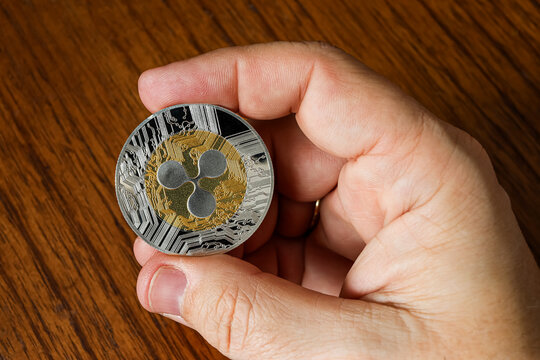
Reason to trust

Strict editorial policy that focuses on accuracy, relevance, and impartiality
Created by industry experts and meticulously reviewed
The highest standards in reporting and publishing
Strict editorial policy that focuses on accuracy, relevance, and impartiality
Morbi pretium leo et nisl aliquam mollis. Quisque arcu lorem, ultricies quis pellentesque nec, ullamcorper eu odio.
XRP may have spent the past few weeks struggling to hold above the $2 level, but one analyst believes the recent price action is only in its early stages of a much larger surge. For those who think $3 is a reasonable target, this outlook predicted that the real move could take the altcoin far beyond that mark and possibly much sooner than expected.
Multi-Stage Price Path With $10 To $20
The $3 price level has become the psychological and technical battleground for bullish XRP investors this cycle, serving as the most active price point. Earlier in January, the token briefly surged past this level, coming within striking distance of its all-time high of $3.40, before a wave of selling pressure triggered a pullback.
Related Reading
Since then, XRP has seen price corrections that pushed it as low as $1.65 on April 7. Yet, the outlook is once again tilting bullish. XRP has rebounded above $2 and is building a strong base to support another run toward $3. If the current momentum continues to gain traction, reclaiming $3 is not only likely, it could happen within a matter of weeks.
One of the boldest predictions comes from a trader known as BarriC, who has laid out a roadmap that extends far beyond the $3 threshold. In a recent post on social media platform X, he forecasted that XRP, now trading near $2.20, will break $3 soon. But his outlook doesn’t stop there. He predicted that by May, the sentiment surrounding XRP could shift so drastically that $5 would be seen as the new “cheap” price for XRP.
Taking things a step further, the analyst noted that if the broader crypto market transitions into a full-blown altcoin season, XRP could establish a new short-term trading range between $10 and $20 within the next few months.
Utility Run Scenario Places “Cheap” XRP Closer To $1,000
Perhaps the most striking part of BarriC’s analysis comes from what he describes as a “utility run.” This utility run is a scenario where XRP’s real-world use cases as a bridge cryptocurrency start to gain adoption and reflect in its price. Under such conditions, the term “cheap XRP” would apply to prices below $1,000.
Related Reading
At the time of writing, XRP is trading at $2.14, up by 1.4% in the past 24 hours. As ultra-bullish as it might seem, the analyst’s price prediction isn’t surprising, as the cryptocurrency has been subjected to similar bullish outlooks in the past few days.
Beyond bullish price targets, a few analysts now believe that XRP will flip both Ethereum and Bitcoin in the coming months. One such example is analyst Axel Rodd, who cited the breakdown in Bitcoin dominance as a reason why XRP will flip Bitcoin. Similarly, analysts at Standard Chartered recently predicted that the altcoin will flip Ethereum in market cap by 2028.
Featured image from Adobe Stock, chart from Tradingview.com
Market
XRP Early Investors Continue To Sell As Price Holds Above $2
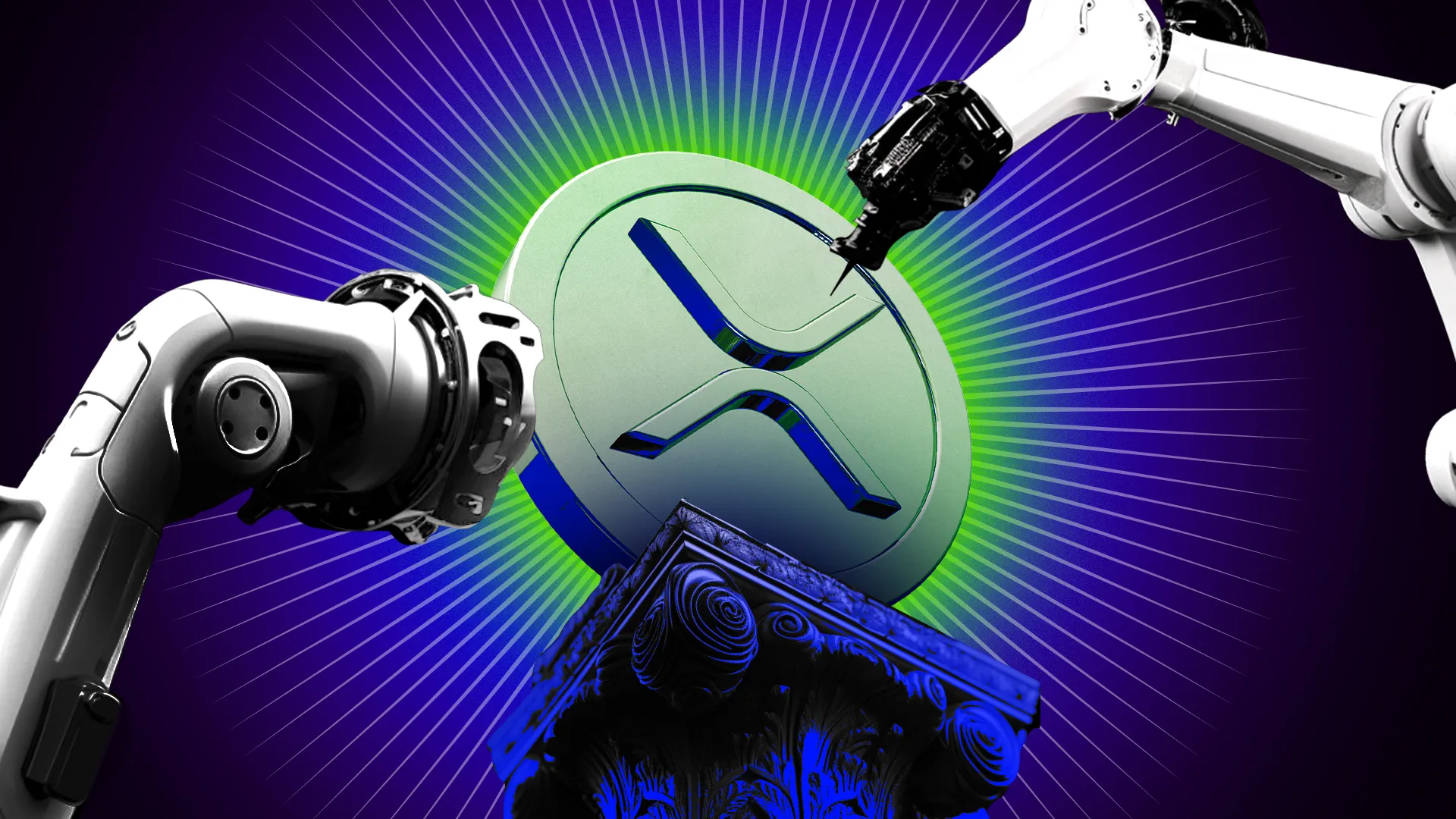
XRP has struggled to secure growth in recent days, with the altcoin failing to maintain key support levels. Despite an attempted price rally, XRP has been unable to break through the $2.32 level, leaving the price hovering just above $2.00.
Those who bought during XRP’s three-week bull run are now facing losses after the failed breach of crucial barriers.
XRP Holders Are Facing Challenges
The liquidation map shows that a significant amount of short positions—around $400 million worth—are at risk of liquidation should XRP’s price rise to $2.32. However, even with XRP trading at $2.15, just 8% away from the threshold of $2.32, the potential for liquidations does not appear imminent.
The behavior of XRP’s investors suggests that these liquidations may not take place in the short term. This is because XRP holders are primarily leaning towards selling over HODLing at the moment.
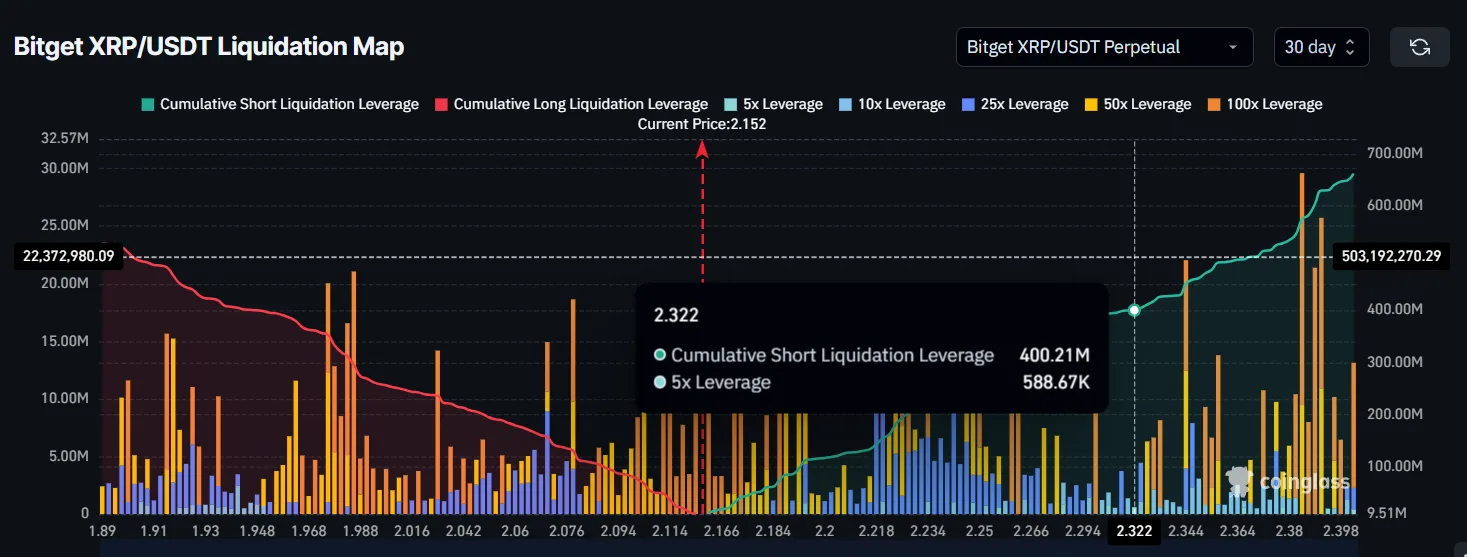
XRP’s overall momentum is showing signs of weakening, as reflected by the Realized Profit/Loss ratio. This indicator suggests that realized profits are declining and may soon turn into losses. The supply being sold likely originated from purchases made during XRP’s November 2024 bull run when the price surged to $2.
XRP formed a new high back in January; however, since then, XRP’s price has dropped back to $2, and many investors who bought at higher levels are now selling to offset losses. This ongoing selling pressure is keeping XRP from experiencing any significant uptick, further dampening bullish sentiment.
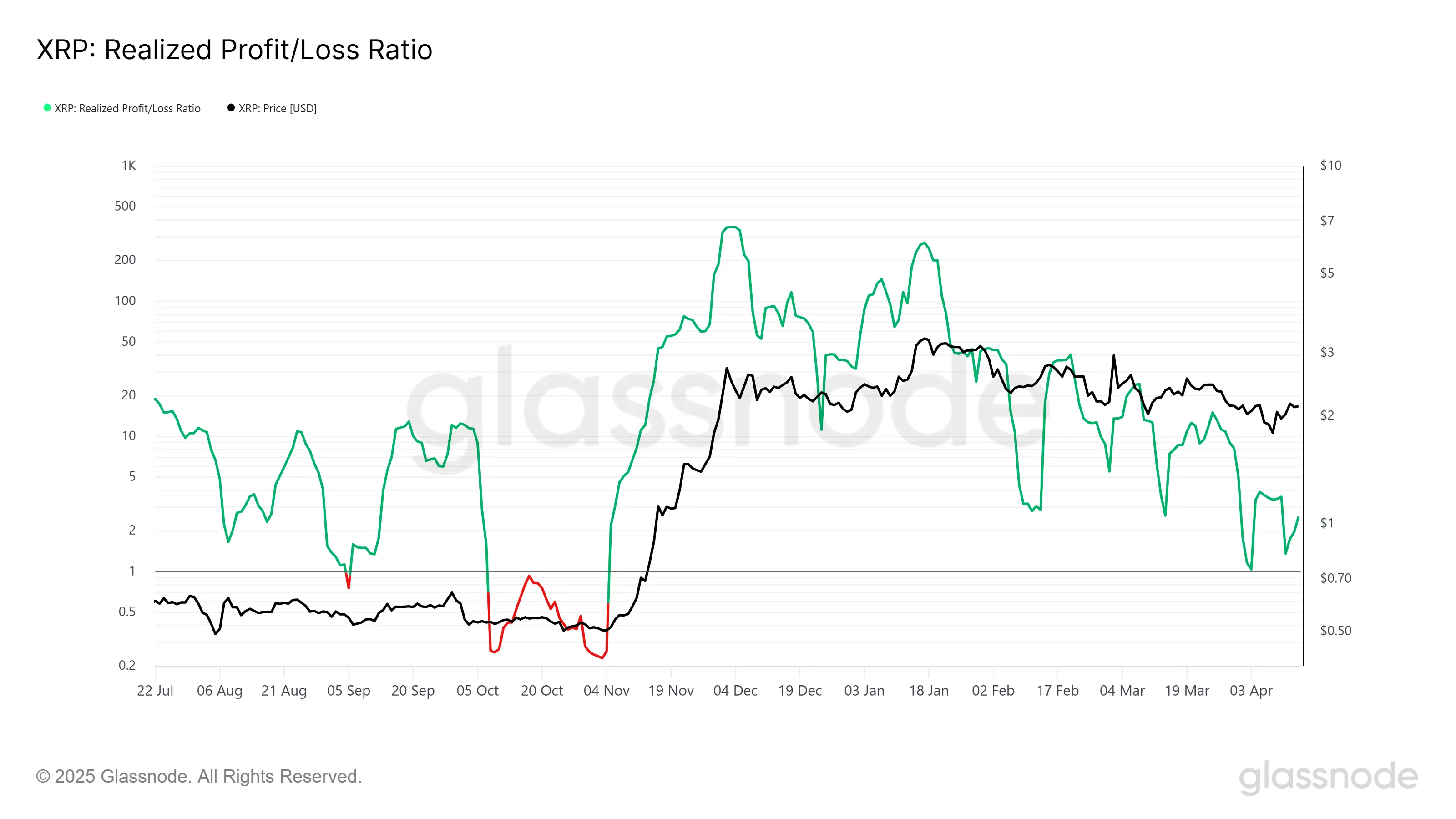
XRP Price Looks To Breakout
XRP is currently trading at $2.15, just below the $2.16 local resistance level, which it failed to secure as support earlier this month. The altcoin is consolidating beneath $2.27, a resistance level that has been a point of contention since the end of March. If the price remains above the $2.00 support, it could stabilize at these levels, preventing further losses for investors.
The chances of continued consolidation seem high, as XRP holds above $2.00. This could keep the market relatively stable as investors wait for further signals to confirm the next move. With a lack of major catalysts, the price may fluctuate within this range.

However, should XRP breach the $2.27 resistance and rise toward $2.40, the earlier-mentioned liquidations could trigger a new wave of buying, potentially driving the price upward. This would provide a more bullish outlook and shift the market sentiment.
Disclaimer
In line with the Trust Project guidelines, this price analysis article is for informational purposes only and should not be considered financial or investment advice. BeInCrypto is committed to accurate, unbiased reporting, but market conditions are subject to change without notice. Always conduct your own research and consult with a professional before making any financial decisions. Please note that our Terms and Conditions, Privacy Policy, and Disclaimers have been updated.
Market
Omri Ross on How eToro Stands Out in the Crypto Exchange Arena
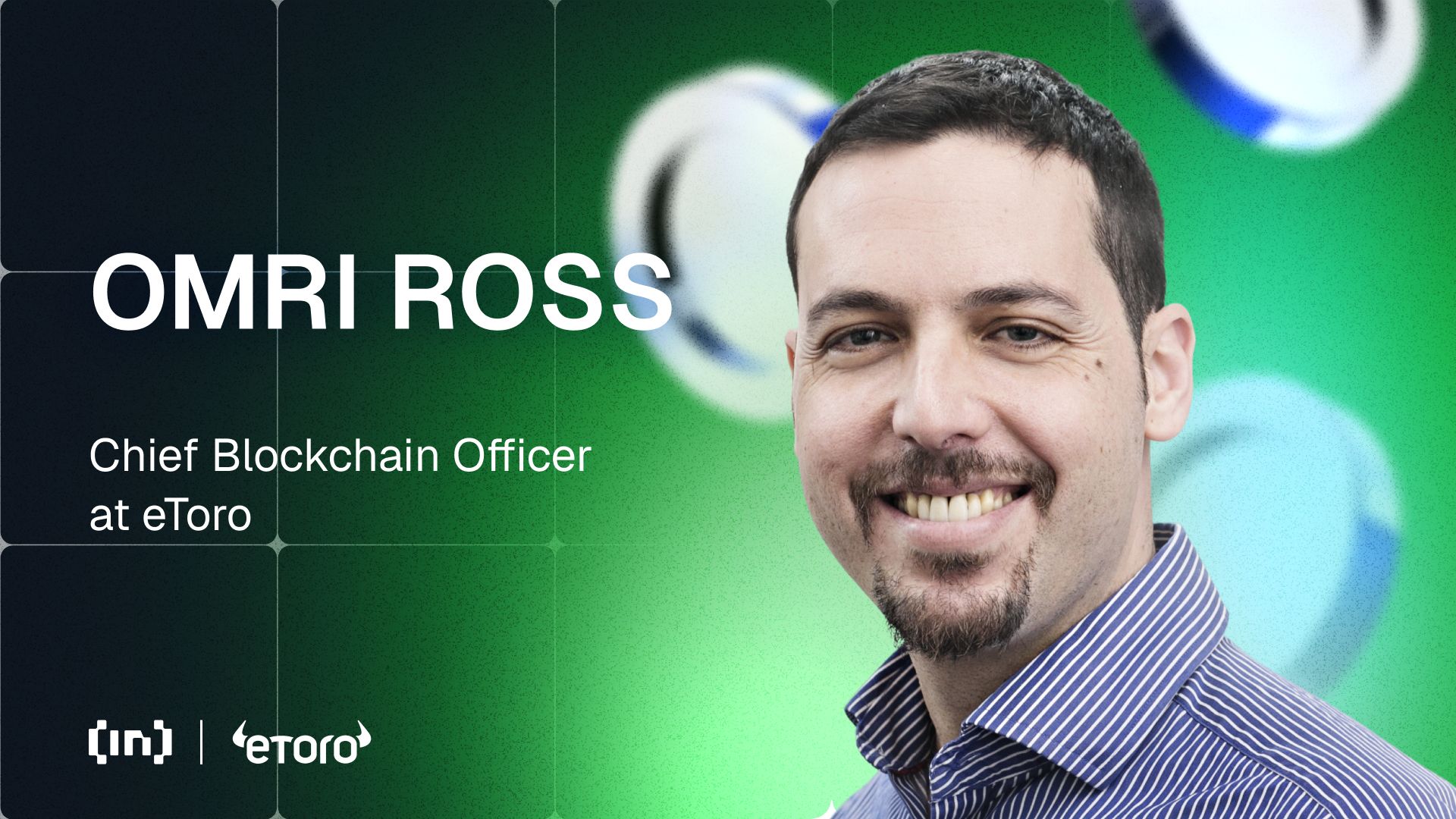
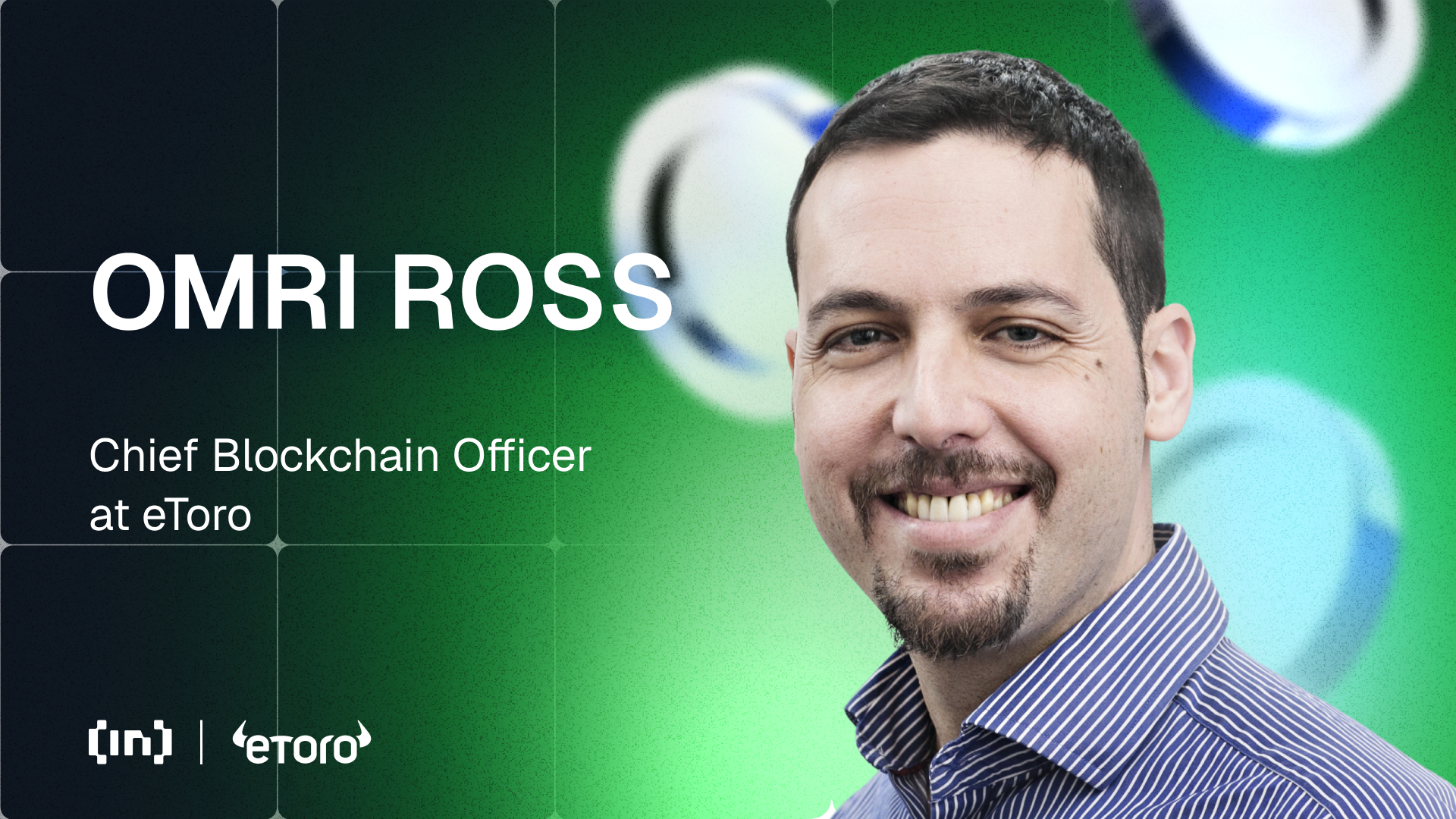
On the opening day of the 2025 edition of the Paris Blockchain Week, BeInCrypto had the opportunity to interview Omri Ross, Chief Blockchain Officer for eToro. He revealed that despite the current market condition, the firm’s upcoming IPO is still in the pipeline.
We discussed how the company positions itself in the crypto exchange market and how it tackles the security question for its users.
Omri Ross Sheds Light on the Positioning of eToro
eToro has been, for many years, a very innovative player in this market. All areas around are following and creating a social network for trading.
There is the idea that people would like to copy-trade each other and be happy to share information about their portfolios. I think the way, for example, that our popular investors are working together with the community is absolutely fascinating.
I remember, for example, my discussion at some of our client events; we see a lot of the investors are actually being in contact with people who follow them. There is much less distance. There is much more discussion about why they follow specific portfolios.
And eToro also helps with this element. eToro actually creates events where popular investors and customers meet each other. As a platform, we also have an educational element with the eToro Academy. We also do some podcasts together with them. I think this is really innovative and awesome.
In terms of products, you know, our CEO has always been very pro-crypto. We have had Bitcoin trading available at eToro since 2013, so it is fairly early. And for me, it’s always been a pleasure to be in a place where you want to kind of push the funds; you want to bring to, in a regulated way, as many products as possible.
You know, customer protection and personal protection, but we are also trying to see how we can expose our customers to new products and innovations. And I think that that’s pretty unique, and we’re very proud of that.
How many Cryptos are Trading on eToro Right now?
We have more than 100 at the moment, with most of the big ones. However, we still don’t have so many stablecoins, but this is because we sort of see ourselves as a financial institution. We are looking into extending it and looking for ways to sort of allow our customers to reach more elements.
We also have an experimental area where you can experiment with more assets that may not necessarily be mature enough to be without the disclaimers. A big element for us is really how to communicate. On the one hand, we offer a lot of opportunities, but we are also trying to have people explore and understand what they investigate and work closely with regulators.
Is Copy Trading the Key Element of eToro?
100%. Also, many customers come to the discussions that appear on eToro to learn and discuss crypto with other people.
We also have smart portfolios where you follow specific trends and make it easier for people to invest. For example, we have a DeFi portfolio and a MetaMask portfolio. It’s also a very simple way for people to get exposed to a bigger sort of industry, which is also very transparent.
Yeah, so I think there is a lot of innovation around that, but it’s really helping retail [investors] get information and be able to easily, even in fiat, sort of invest in all of that.
Which Asset Category Seems to Have the Most Potential for eToro to Expand?
I would touch upon two subjects in this regard. The first element is we are a multi-asset platform.
One of, I think, the biggest advantages of using eToro is your ability to get exposed to many, many different sorts of asset classes in one place. You can also have the eToro money credit card in some countries that we support. We’re also seeing that when our customers use a larger amount of our products, they really benefit from that. So I think that’s a big part of the element.
I would also mention, in that regard, that a lot of our investors are somehow maybe Gen Z. We really see the potential of people to really follow what happens in the market, where they’re really interested in what happens in the market. Social networks are a big part of that.
You can follow others that you are interested in, you can comment on yourself and engage, as well as the fact that the world is a very interesting place, and things are changing daily. And to know that you can do crypto at eToro if that’s interesting, but also they are like, if they’re interested in oil and gas prices, or any other things, you have that as well. I think this is what is really special, that you can get exposed to a lot of stuff, learn about it, and all in one place.
Is Education the main Drive of how eToro Recruits new Customers?
Not necessarily. We mostly see that part of our goal as a company is to open financial markets for everybody and invest in a simple and transparent place. And for us, education is part of that.
We want to help our customers educate themselves, and with the hope that they choose to stay with us for many, many years to come. So this is a way for us to create a lot of opportunities.
We want to build a longer-term relationship and help customers prosper. Yeah, how we recruit different people really depends. Part of it is related to marketing, brand awareness, and many other aspects.
How eToro Focuses on the Security of the Platform
First, we work with top-net security experts, including ex-secret service people. Some of them are employed by eToro to deal with that element.
Secondly, especially around crypto, I can’t expose too much information because some of it is really classified. However, we work on different layers of security within a customer infrastructure. We try to keep a lot of client assets in what we describe as a “deep vault” with very secure elements. And it’s a big part of our infrastructure. It’s a big part of our discussion.
For any project, we take the fact that customers trust us extremely seriously with the funds. And we feel extremely fortunate for it.
Luckily for us, until today, we never had any issue with that. But there are a lot of elements around it. When you ask about innovation, it’s also one of the reasons why it may take a little bit longer for us to issue new projects; it is also because we take security extremely seriously with every element. That is a major part of the design.
Does eToro Use B2B Solutions For Security?
We think there are good B2B solutions. Again, when we work with vendors, also based on our size, they usually adapt to our requirements.
We work with some vendors who are from a security background, working in secret services, and building really insane secure elements. I learned a lot working with them and with their background. I wish I could tell you more about it, but for me, as an individual and not as a potential sort of employee, I think that it’s very interesting.
Because there are also discussions about the “not your keys, not your money” element. But also, having your own money has its risks. Holding a really large amount of money in some place at home can get ruined or stolen. There are so many risks; you can also have the risk of someone putting a gun to your head.
There are many social elements. And when I see the work that is done in the program, I’m very proud and impressed by the seriousness we take about that element. I think that’s part of the value we bring in. You know, being regulated and also really taking the customers’ funds and interests seriously.
What eToro Expects to Achieve During the Paris Blockchain Week?
I’ve been here some years back. And it’s grown so much I’m shocked!
I’ve been here for less than an hour today, and I’m like: “Wow!”. And you can really see the adoption here. Also, the French regulation is getting more into that, which is absolutely amazing.
And being at the Louvre, what else can you ask for? But I would also love to talk to a lot of companies to learn about innovation. Part of my role is building new products at eToro within crypto. But it’s also about talking to a lot of founders and crypto providers and seeing what else we can collaborate on and integrate with eToro. And always learn.
I’m very passionate about this specific market and blockchain. So I’m really looking forward to it. I may also catch up with some old friends that I haven’t seen for a while.
How can one Launch Their Crypto on eToro?
You don’t necessarily have to reach out to anyone. We are obviously following the market very closely.
As I mentioned before, being regulated, we’ve taken our clients’ interests very seriously. Often, our processes may be a bit longer than those of some unregulated blockchain platforms.
First, you’d be invited to talk to me or some of our listing or trading committee members. We’re always excited to hear and learn about your new crypto.
Disclaimer
In compliance with the Trust Project guidelines, this opinion article presents the author’s perspective and may not necessarily reflect the views of BeInCrypto. BeInCrypto remains committed to transparent reporting and upholding the highest standards of journalism. Readers are advised to verify information independently and consult with a professional before making decisions based on this content. Please note that our Terms and Conditions, Privacy Policy, and Disclaimers have been updated.
-

 Market23 hours ago
Market23 hours agoMENAKI Leads Cat Themed Tokens
-

 Altcoin23 hours ago
Altcoin23 hours agoCanada Approves Multiple Spot Solana ETFs To Launch This Week
-
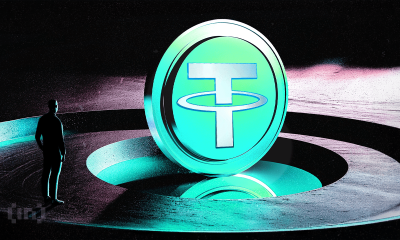
 Market22 hours ago
Market22 hours agoTether Deploys Hashrate in OCEAN Bitcoin Mining Pool
-

 Market21 hours ago
Market21 hours ago3 Altcoins to Watch in the Third Week of April 2025
-
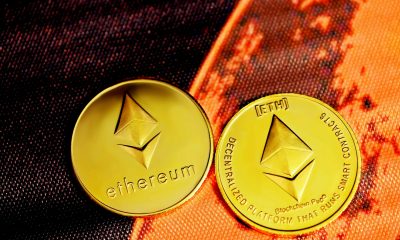
 Ethereum19 hours ago
Ethereum19 hours agoEthereum Price Threatened With Sharp Drop To $1,400, Here’s Why
-
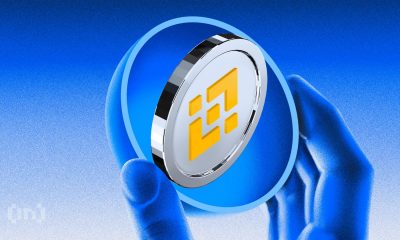
 Market18 hours ago
Market18 hours agoBinance Futures Causes a Brief Crash For Story (IP) and ACT
-

 Market20 hours ago
Market20 hours agoCardano (ADA) Eyes Rally as Golden Cross Signals Momentum
-
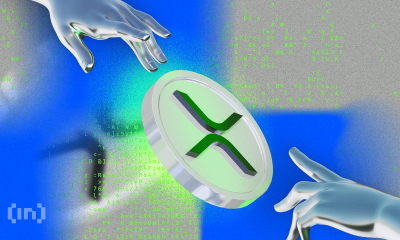
 Market19 hours ago
Market19 hours agoXRP Jumps 22% in 7 Days as Bullish Momentum Builds




